NH90 Caribbean Loss of Control – Inflight, Water Impact and Survivability Issues
On 19 July 2020, a Royal Netherlands Navy NHIndustries NH90 NATO Frigate Helicopter (NFH) N-324 was destroyed in a water impact in the Caribbean near HMNLS Groningen.
Two of the four crew died. The aircraft, which capsized and initially floated inverted, sank the next day after the forward flotation bags deflated.
The Dutch Safety Board (DSB or Onderzoeksraad) issued a report (in Dutch only) on 9 December 2020. This followed an ‘exploratory investigation’ and the Defence Safety Inspectorate (IVD) are expected to investigate further (UPDATE 2 December 2021: that follow-on report is now published and discussed below).
The Accident Flight
Holland-class offshore patrol vessel HMNLS Groningen was deployed to the Caribbean.
The ship’s embarked NH90 had conducted a routine patrol flight around Aruba on 19 July 2020 and was undertaking a series of deck landings to keep the ship’s flight deck officer current. The NH90 is flown operationally single pilot in the Netherlands. The front left seat is occupied by the tactical coordinator, in the cabin there are the hoist and sensor operators. The pilot had 1679 hours of helicopter flight experience, 719 hours on type (306 hours as aircraft commander) plus 310 hours of NH90 time simulator.
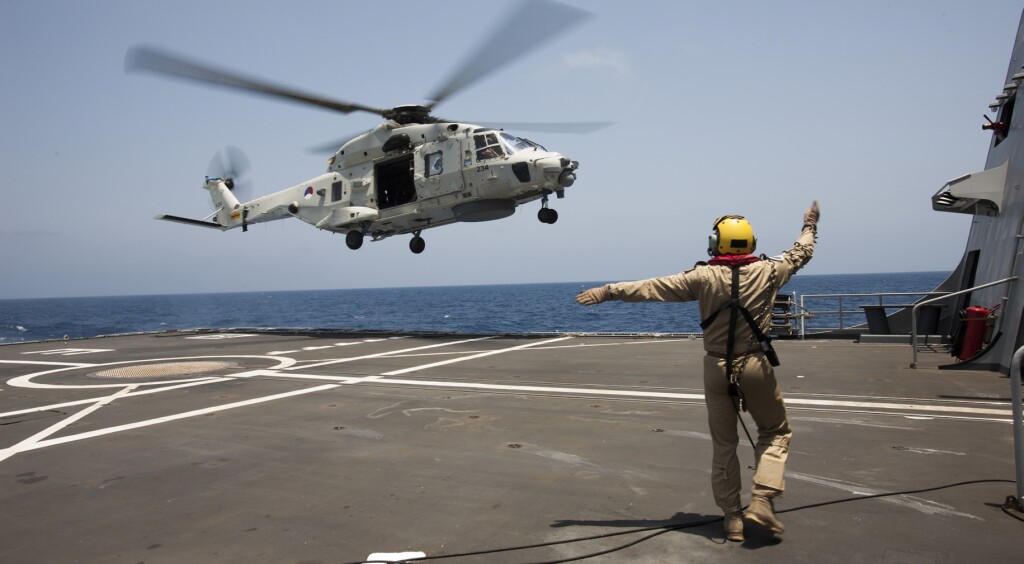
An NH90 Operating on the helideck of a Warship of the Royal Netherlands Navy (Credit: NL Ministry of Defence)
The deck practices were conducted in a standard way. After coming into a hover from the ship’s deck, the helicopter moved sideways to the left and then climbed away. On return the helicopter approach the ship from behind, came into a hover on the right side of the flight deck, and then moved sideways and landed. The ship was steaming at just 3 knots in a direction of 108º and the wind was from 100º and 20-25 knots. The waves were 3 m high, the air temperature 31ºC and the sea temperature 29ºC.
On the eighth practice flight did a lower circuit than before, less than 100 ft, as the plan was to take photos of the ship. As the helicopter passed down the right-hand side of the ship downwind…
…the aircraft suddenly lost altitude very quickly and ended up in the sea with a bang. On impact, the tail broke off and the aircraft capsized, flooding the cabin. As a result of the impact, fuel immediately released around the aircraft. The floats automatically inflated and the helicopter continued to float upside down.
The ship dispatched a fast rescue craft.
The wreckage was located 2-9 August 2020 450 m below the surface. Salvage then occurred 7-8 September 2020 using multi-role subsea construction vessel Volantis of Deepwater, a DeepOcean Installer Remotely Operated Vehicle (ROV) NS a lifting cradle.
Safety Investigation: Egress, Survivability and Rescue
All the crew had done Helicopter Underwater Escape Training (HUET) in Den Helder.
The sensor operator, who was sat on a box in the cabin was thrown forwards. The hoist operator was able to brace against the gun mount by the right-hand cabin door. Both were connected to the aircraft by a safety line. The immediate capsize resulted in disorientation. Having attempted but failed to open an exit they egressed via a push out window without injury. However, there were Aircrew Equipment Assembly (AEA) issues:
Both men wore a personal vest of a type that had recently been introduced, but with which they had not yet trained. Using the new vests caused problems for the two men.
There is a quick release a mechanism for disconnecting the safety line, to prevent falling from aircraft with the door open. Both crew members were unable to open the buckle on the front of the vest, forcing them to disconnect the hook from the cabin wall. This wasted valuable time.
Another problem was that the position of the compressed air [emergency breathing system or Short Term Air Supply System (STASS)] bottle has changed from right to left compared to the old vest.
The DSB note that their survival indicates the impact “took place at a relatively low vertical speed.”
The pilot and tactical coordinator “suffered minor external injuries, but that there was no high-energy injury that was life-threatening”. Both drowned.
The pilot succeeded in exiting the aircraft but was found unconscious underwater outside the aircraft. She was entangled with a connecting line to the one-person life raft in her seat, which appears to have become snagged.
The raft itself had inflated. Her body was freed after about 25 minutes.
The tactical coordinator was found by rescuers trapped in his seat with his life jacket inflated about 50 minutes after the accident. The DSB don’t comment but it’s possible the tactical coordinator inflated his life jacket inadvertently while instinctively searching for the STASS bottle on the opposite side to its actual location.
The Holland-class OPVs are operated with a modular crew concept in which the size and composition of the crew depends on the ship’s tasking.
Because of this organizational form, crew members had to make choices during the rescue operation between different roles to be performed. These choices did not affect the deployment, but did require quick situational decisions in making the choices.
The DSB do query if the crew had been constituted appropriately for this deployment.
Safety Investigation: The Dynamics of the Flight
The aircraft was equipped with a Recorder Beacon Airfoil (RBA) which acts as an Automatically Deployable Emergency Locator Transmitter (ADELT) and holds a Voice and Flight Data Recorder (VFDR) memory unit.
It detached as designed, its signal was received by the Netherlands Coast Guard at Den Helder, and was recovered the next day.
The data was analysed and no technical anomalies were identified with the aircraft, nor were there any issues found in the aircraft records. The recovered data also showed that during the first seven circuits, the helicopter flew at an average altitude of approximately 150 ft. The sixth circuit featured a wider circuit and reached 400 ft.
On the last (eighth) practice run, the aircraft did not climb higher than approximately 89 ft. On this run the speeds were, Ground Speed (GS) and Indicated Airspeed (IAS) were significantly lower than during the previous flights.
The aircraft turned right, across the path of the ship to pass along the ship’s starboard side, downwind.
The GS was only about 25 knots so the IAS dropped to zero…
…this situation requires a lot of power. It was determined that the selected power – given the airspeed at that moment – was not sufficient to keep the helicopter at altitude. As a result, the helicopter slowly lost altitude initially…and then very quickly changed into an accelerated descent.
See also: Understanding Helicopter Power Requirements: The Power Struggle
The pilot did react to try to reduce the descent but the low altitude prevented that being successful.
DSB Conclusions
The water impact occurred after airspeed reduced during the downwind leg with insufficient power input at a height that prevented recovery (a Loss of Control-Inflight [LOC-I]).
The egress of the rear crew was “seriously hindered” by the inability to open the harness quick release mechanism and the different position of the STASS bottle which they had never been trained on.
Neither the pilot nor the tactical coordinator suffered an impact injury that would have precluded egress but both were unable to escape.
“…crew members of HNLMS Groningen tried to save the helicopter crew with maximum effort. Nevertheless, the question remains…with regard to crew size, composition and role system to be able to carry out such a rescue operation. It is certain that they had insufficient resources for this as divers were lacking”.
DSB Follow-Up Questions
The DSB posed a number of questions to the Ministry of Defence in their report:
- To what extent are the education and training courses and the use of materials by crews of the NH90 helicopter realistic and sufficient?
- To what extent are pilots sufficiently educated and / or trained to ensure that they do not end up in a similar [LOC-I] situation?
- To what extent are the education and training and the use of materials of the ship’s crew realistic and sufficient for carrying out rescue operations, such as an air crash or the sinking of a nearby ship?
- To what extent has the assessment of safety risks in multitasking been included in the choice for a single pilot?
- To what extent would a second pilot provide redundancy in the performance of tasks and can that make the difference in a comparable situation?
- To what extent has the choice of balancing safety risks in rescue operations been included in the modular crew concept?
- To what extent has a risk assessment (on preparation of crew and resources on the station ship for the rescue of people from a crashed aircraft or ships in distress) been made for the tasks in the Caribbean?
UPDATE 2 December 2021: Defence Safety Inspectorate (IVD) Report
The IVD published their investigation report (again in Dutch only) on 2 December 2021. They confirm the DSB conclusions and make 5 new safety recommendations.
We will be updating this report and publishing a supplemental article during December.
Acknowledgement
We saw the DSB press release about the report on the morning it was issued and saved the file to translate and study in due course. Special thanks to Graeme Longmuir for taking the initiative to translate the report and alerting us that the report contained some important safety equipment and training issues. We therefore prioritised this case study.
RCAF Sikorsky CH-148 Cyclone (S-92) Ionian Sea, 29 April 2020
This was not the only loss of a maritime helicopter close to its parent ship this year. The Royal Canadian Air Force (RCAF) lost Cyclone 148822 from the Halifax-class frigate HMCS Fredericton in the Ionian Sea at night on 29 April 2020. The aircraft was destroyed and all six occupants were fatally injured. The investigation is ongoing but it has been stated that:
…the aircrew were tasked as part of Operation REASSURANCE to conduct a routine surface reconnaissance mission in the Ionian Sea followed by flight deck evolutions for aircrew proficiency upon recovery to HMCS Fredericton. There were four crewmembers and two passengers on board the aircraft.
During the return for recovery, the aircraft made a pass on the port side of the ship, from stern to bow. The aircraft then executed a left hand turn to establish a downwind leg in preparation for approach to the ship. Astern and inside the control zone of the ship, the aircraft commenced a final left turn to set-up for the approach. During this final complex manoeuvring turn to close with the ship, the aircraft did not respond as the crew would have anticipated. This event occurred at a low altitude, was unrecoverable and the aircraft entered a high energy descent and impacted the water astern the ship.
The investigation is focusing on aircraft systems and human factors.
There was a temporary pause in Cyclone operation and when that was lifted it was stated that:
While the Directorate of Flight Safety investigation continues, information that the investigation uncovered to date —primarily from the Cyclone’s flight data recorder — allowed the investigative team to replicate the conditions in the CH-148 Cyclone flight simulator and rule out any mechanical failure. This revealed that the aircraft’s flight director was set to hold a specific altitude and airspeed. Thus, during the complex manoeuvering turn to align with the ship, the pilot’s inputs were significantly different from the autopilot settings and the aircraft [more specifically the AFCS flight control laws] did not respond in a way that the crew was expecting. The investigative team has confirmed that this rare anomaly only occurred under a very specific and narrow set of circumstances. The crew would have had no previous exposure or experience on how to handle this situation.
With these circumstances now clearly understood, the RCAF has completed a detailed risk assessment and is implementing mitigation measures to allow for the safe resumption of flying operations.
Safety Resources
The European Safety Promotion Network Rotorcraft (ESPN-R) has a helicopter safety discussion group on LinkedIn. You may also find these Aerossurance articles of interest:
- Dramatic Malaysian S-76C 2013 Ditching Video
- AAIB Report on 2013 Sumburgh G-WNSB AS332L2 Helicopter Accident
- Fatal Mi-8 Loss of Control – Inflight and Water Impact off Svalbard
- Canadian Coast Guard Helicopter Accident: CFIT, Survivability and More
- Night Offshore Winching CFIT
- Helicopter Ditching – EASA Rule Making Team RMT.0120 Update
- NTSB Report on Bizarre 2012 US S-76B Ditching
- AAIB Report on the Ditchings of EC225 G-REDW 10 May 2012 & G-CHCN 22 Oct 2012
- SAR Helicopter Loss of Control at Night: ATSB Report
- CAP1145 Helicopter Water Impact Survivability Statistics – A Critique
- Swedish NH90 CFIT: Pilot Experience and Skating on Frozen Lake
- European Search and Rescue (SAR) Competition Bonanza
- UK BOSIET/FOET Cat-A EBS HUET Update
- NTSB Investigation into AW139 Bahamas Night Take Off Accident
- Swedish SAR AW139 Damaged in Aborted Take-off Training Exercise
- Pilatus PC-12 Pacific Ditching
- UPDATE 9 January 2021: Korean Kamov Ka-32T Fire-Fighting Water Impact and Underwater Egress Fatal Accident
- UPDATE 29 January 2021: BK117 Impacts Sea, Scud Running off PNG
- UPDATE 21 May 2021: Firefighting AW139 Loss of Control and Tree Impact
- UPDATE 19 March 2022: Offshore Night Near Miss: Marine Pilot Transfer Unintended Descent
- UPDATE 9 April 2022: SAR Seat Slip Smash (RCAF CH149 Leonardo Cormorant LOC-I)
- UPDATE 5 June 2022: North Sea Helicopter Struck Sea After Loss of Control on Approach During Night Shuttling (S-76A G-BHYB 1983)
- UPDATE 7 January 2023: Blinded by Light, Spanish Customs AS365 Crashed During Night-time Hot Pursuit
- UPDATE 8 July 2023: BK117 Offshore Medevac CFIT & Survivability Issues
- UPDATE 16 July 2023: SAR AW139 LOC-I During Positioning Flight
- UPDATE 9 Dec 2023: Fire-fighting Bell 204B Underwater Escape
- UPDATE 17 February 2024: Night Offshore Take-Off Loss of Control Incident
- UPDATE 18 February 2024: Night Offshore Helicopter Approach Water Impact
- UPDATE 13 July 2024: Fatal USCG SAR Training Flight: Inadvertent IMC
- UPDATE 8 February 2025: S-76D Loss of Control on Approach to an Indian Drilling Rig


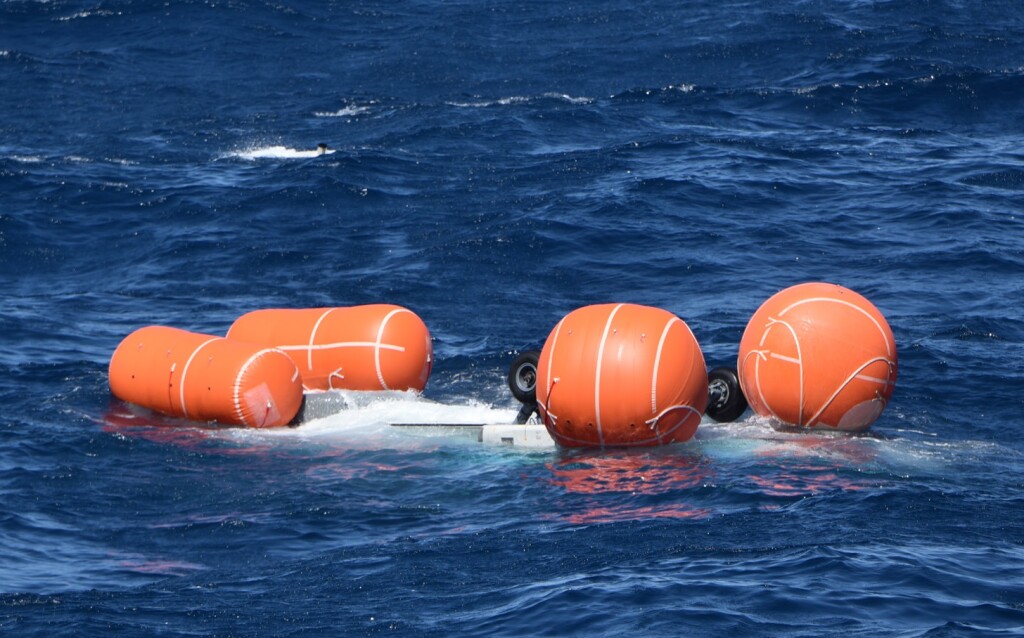

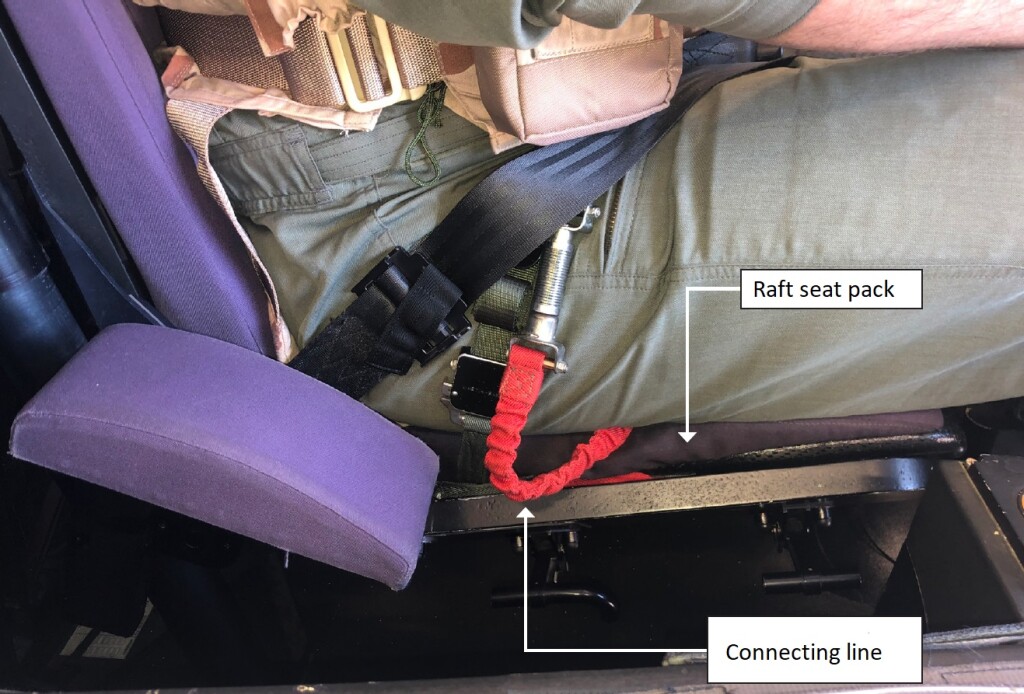


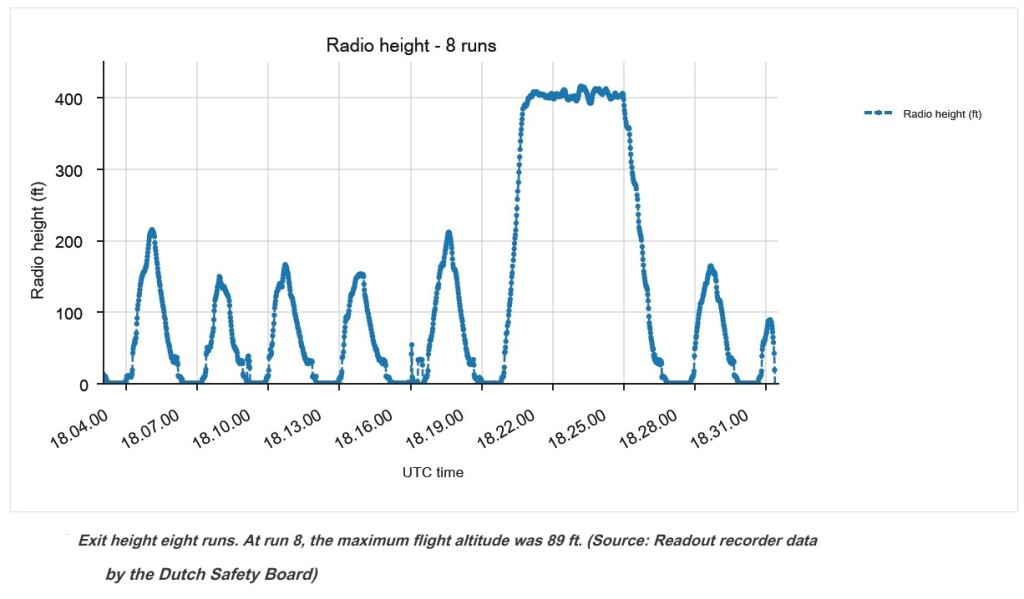

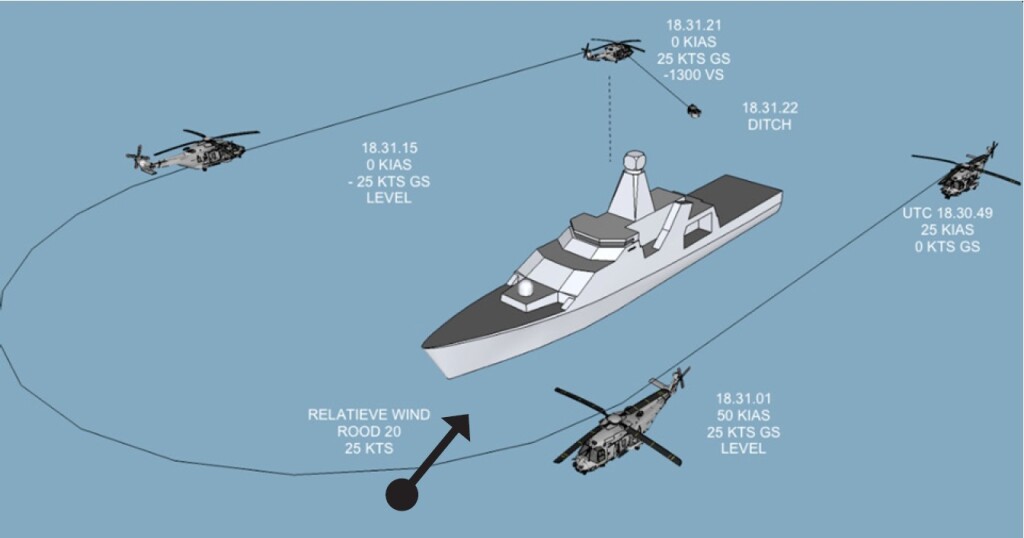

Recent Comments